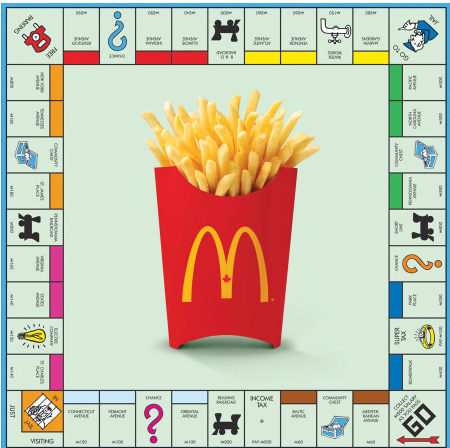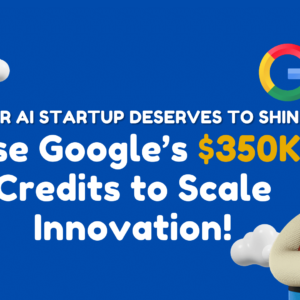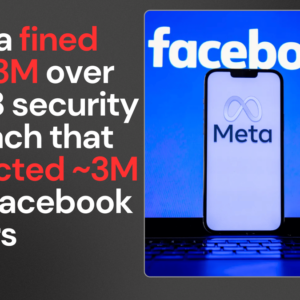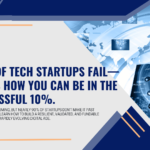Imagine a world where advertisements are not just boring banners or commercials but exciting games that you can play! This is the magic of gamification. It’s a way to turn regular ads into interactive experiences that grab our attention and keep us engaged. In this blog post, we will dive deep into how gamification is revolutionizing advertising, making it fun and engaging for everyone. Get ready to discover how brands are using games to connect with their audience in ways we’ve never seen before!
What is Gamification?
Gamification is a fancy word that means using game-like elements in non-game contexts. In simpler terms, it’s when companies take things we usually think of as games like points, levels, and rewards and use them in their advertising.
Think about your favorite video game. You earn points for completing tasks, unlock new levels, and maybe even get cool prizes. Now, imagine if you could earn points just for watching an ad or playing a little game related to a brand. That’s gamification at work! It makes ads more fun and encourages people to interact with them rather than just ignoring them.
The Psychology Behind Gamification
Why does gamification work so well? The answer lies in psychology! People love games because they tap into our natural desires for achievement and competition. Here are some key psychological factors that make gamified ads effective:
- Rewards: When you complete a task in a game, you often get something in return like points or badges. This reward system motivates people to engage with the ad.
- Competition: Many games involve competing against others. This can spark excitement and encourage users to participate more actively.
- Engagement: Gamified experiences keep users interested longer. Instead of quickly scrolling past an ad, people want to see what happens next.
By incorporating these elements, brands can create memorable experiences that not only attract attention but also foster loyalty.
Game-Based Marketing Strategies
There are many creative ways brands use gamification in their marketing strategies. Here are some popular examples:
- Loyalty Programs: Many companies have loyalty programs where customers earn points for purchases. For instance, Starbucks has a rewards program where customers collect stars for every drink they buy. These stars can be redeemed for free items!
- Interactive Games: Brands like McDonald’s have created fun games like the Monopoly game, where customers can collect stickers from their meals to win prizes.
- Challenges and Competitions: Nike engages users through fitness challenges in their app, encouraging people to run more while competing against friends.
These strategies not only capture attention but also create a sense of community among users.
Successful Gamification Case Studies
Let’s look at some real-life examples of how gamification has been successfully used in advertising:
McDonald’s Monopoly Game
One of the most famous examples is the McDonald’s Monopoly game. Customers receive game pieces with their meals that they can collect and trade for prizes. This promotion has been hugely successful, increasing sales and customer engagement during its run.

Starbucks Rewards
Starbucks has mastered gamification with its rewards program. Customers earn stars for every purchase, which they can redeem for free drinks or food items. The program encourages repeat visits and customer loyalty.
Nike Run Club App
Nike’s app motivates users to run by tracking their progress and offering challenges. Users can compete against friends or set personal goals, making fitness feel like a game rather than a chore.
These case studies show how effective gamification can be in turning ordinary advertising into exciting experiences!
The Psychology of Color in Gamified Ads
Did you know that colors can influence how we feel about ads? In gamified advertising, color choices play a crucial role in user engagement:
- Red: Often associated with excitement and urgency, it can encourage quick action.
- Blue: Calming and trustworthy, blue is great for brands wanting to build reliability.
- Green: Linked to nature and health, green works well for eco-friendly products.
Using the right colors can enhance the effectiveness of gamified ads by influencing emotions and behaviors.
Benefits and Challenges of Gamification in Advertising
While gamification offers many benefits, it also comes with challenges:
Benefits
- Increased Engagement: Gamified ads capture attention better than traditional ads.
- Higher Conversion Rates: Users are more likely to make purchases when they feel involved.
- Brand Loyalty: Fun experiences create lasting impressions, encouraging repeat business.
Challenges
- User Fatigue: If too many brands use similar strategies, users may become tired of them.
- Over-Saturation: Not every product needs gamification, it must fit the brand’s identity.
Balancing these pros and cons is essential for successful campaigns.
Steps to Create Engaging Gamified Ads
Ready to create your own gamified ads? Here’s a simple guide:
- Define Your Goals: What do you want to achieve? More sales? Increased engagement?
- Choose Rewards Wisely: Decide what rewards will motivate your audience points? Discounts? Prizes?
- Design Interactive Elements: Create simple games or challenges that align with your brand message.
- Test and Iterate: Launch your campaign and gather feedback. Adjust based on what works best!
By following these steps, you can create engaging ads that resonate with your audience.
Conclusion
Gamification is transforming the advertising landscape by turning mundane ads into thrilling interactive experiences. By understanding the psychology behind why people enjoy games and applying these principles creatively, brands can engage consumers like never before.
As you explore the world of gamified advertising, think about how you might apply these insights to your own strategies! Whether you’re part of a big company or just starting out with your own brand, embracing gamification could be the key to capturing attention and driving success.












